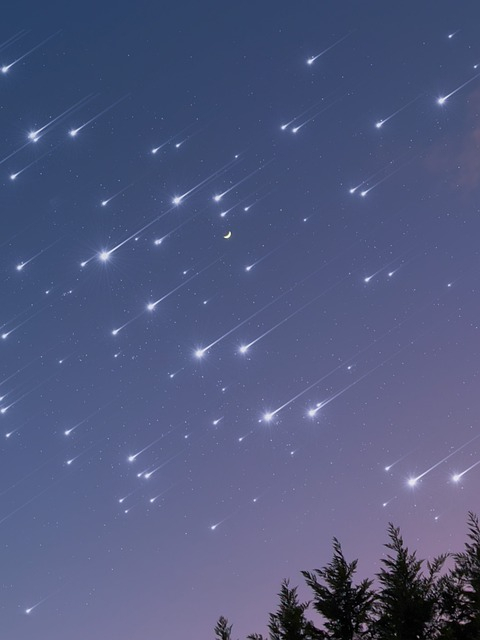
Sky gazers are all set to enjoy the glimpse of a celestial event as the Eta Aquarids meteor shower is about to reach its peak next week between May 6 and May 7. According to NASA, the observers may witness up to "50 meteors per hour" in the late-night sky.
However, people in Australia can celebrate as the celestial event will be best observed in the Southern hemisphere. But the others may not be sad as it's more like 30 meteors per hour in the north of the equator. Here is all you need to know about the 2025 Eta Aquariid meteor shower.
Caused by debris from Halley's Comet, more formally known as 1P Halley, this fast-moving shower is an annual phenomenon that usually occurs between April 19 and May 28 every year, which indicates that it's already active.
Fire flickers across the sky as our world travels through the comet's particles, which slam into our atmosphere at speeds of up to 65 km/s. NASA claims that "glowing trains" left by swift meteors can endure anywhere from a few seconds to several minutes.
When To Watch?
The early hours of Monday night into Tuesday morning i.e. May 5 and May 6 are predicted to see the rather sharp peak of the Eta Aquariid meteor shower. Although the quantity of meteors will increase in the weeks prior to and decrease in the weeks following the peak, that peak night is when activity peaks and provides the best opportunity to view more of them.
Where To Watch?
A 64%-lit waxing gibbous moon will be visible all evening in 2025, which could cause meteor interference. It is gentle to the dedicated, though, sinking in the west around 3:00 am. local time, which is also when Eta Aquariid rates should be at their highest. As a result, it's a good idea to set your alarm clock for 3:00 am and schedule your observation for circa 5:00 am.
In the night sky, shooting stars can be seen anywhere. The star Eta Aquarii in the constellation Aquarius, which appears in the southeast sky before sunrise, will appear to be the source of the meteors. The most meteors will probably be observed in the Southern Hemisphere night sky because Aquarius will ascend higher into that region.
The brightest meteors are frequently observed about 40 degrees from the southeast (that is, east of the south), thus it is advisable to offer oneself an unhindered view of a clean, dark sky.









